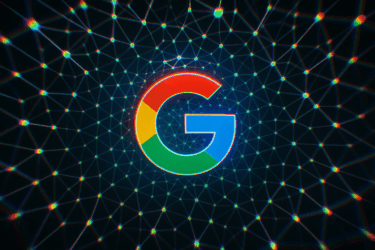Hub AI in practice
Artificial Intelligence is present in everyday life – from “googling” to facial recognition to vacuum cleaner robots. AI tools are becoming more and more elaborate and support people and companies more effectively in their tasks, such as generating graphics, texting or coding, or interpreting large amounts of data.
What AI tools are there, how do they work, how do they help in our everyday world – and how do they change our lives? These are the questions we address in our Content Hub Artificial Intelligence in Practice.
Gamma, a startup that uses AI to automate the creation of presentations and websites, has raised $68 million in a new funding round led by venture capital firm Andreessen Horowitz. The company is now valued at $2.1 billion. Founded in 2020, Gamma says it has reached 70 million users, including 600,000 paying customers, and brings in $100 million in annual revenue. The company has been profitable since 2023.
The fresh capital will go toward expanding Gamma's product lineup for corporate clients, supporting international growth, and hiring AI talent. Gamma originally launched as a tool to streamline traditional presentations, but since March 2023, its main focus has shifted to generative AI.
Anthropic is ramping up its European operations, opening new offices in Paris and Munich to build on its presence in the region. These locations join existing hubs in London, Dublin, and Zurich, and will act as regional centers for sales, partnerships, and policy engagement.
The company says the EMEA market is its fastest-growing segment, with sales jumping more than ninefold over the past year. To support this growth, Anthropic is putting together a dedicated leadership team for Europe, naming Pip White to lead Northern Europe and Thomas Remy for Southern Europe.
Anthropic now operates twelve offices worldwide. In Europe, major customers like BMW, SAP, Sanofi, and Doctolib are already using the Claude AI model for software development, network management, and other tasks. Anthropic is also working with organizations such as TUM.ai and Unaite.
Google has added a File Search Tool to the Gemini API, allowing developers to query their own documents using a vector database. The tool manages storing files, splitting them up, searching for relevant content, and inserting that information into Gemini's responses. Supported file types include PDF, DOCX, TXT, and JSON. The tool is free to use, except for a small fee when indexing data ($0.15 per million tokens). Source references are included automatically in the responses.
Google says the main use cases are internal search systems and chatbots that need to answer questions based on specific company documents. Developers can find more information in the documentation or test out the demo in Google AI Studio.
Meta is bringing its AI video feed Vibes to Europe through the Meta AI app. Every clip on Vibes is generated by artificial intelligence - users can create short videos from text prompts, remix existing ones, add music, and adjust the visual style. Over time, the feed learns what users like and tailors its suggestions accordingly. Finished clips can be shared directly in the app or posted to Instagram and Facebook.

Vibes first launched in the U.S. in September 2025. The Meta AI app also includes the company’s AI assistant, plus tools for image editing and managing Meta’s AI glasses. By comparison, OpenAI has separated its own AI video experience into the standalone Sora app, which isn’t yet available in the EU.
Google's new TPU v7 Ironwood chips are now general available for training and running large AI models. According to Google, Ironwood delivers ten times the peak performance of the previous TPU v5p and is four times more efficient than the TPU v6e. Early adopters like Anthropic, Lightricks, and Essential AI are already using Ironwood for demanding AI workloads. Amin Vahdat, VP and GM for AI Infrastructure at Google, recently said every TPU Google has built so far is currently in use.
Alongside Ironwood, Google is introducing Axion, a new line of Arm-based virtual machines aimed at everyday computing tasks. Vimeo and ZoomInfo report that Axion N4A instances deliver up to 60 percent better price-performance than comparable x86 systems. With both Ironwood and Axion, Google is challenging competitors like Nvidia and working to offer more flexible AI infrastructure with better cost efficiency, especially for serving its own AI products like Gemini.










